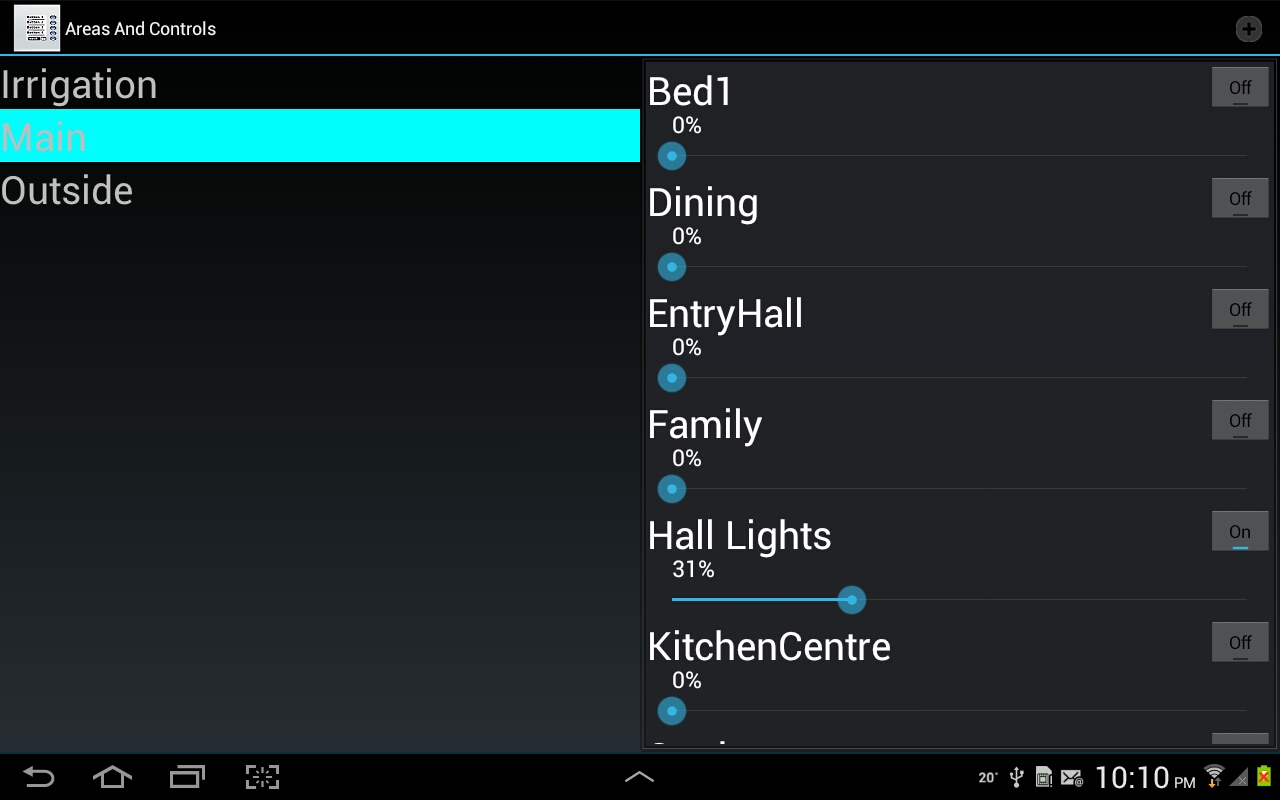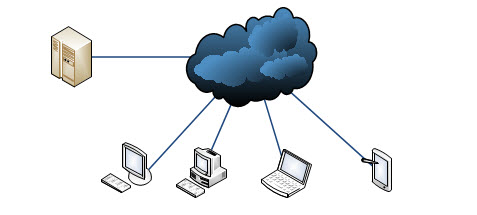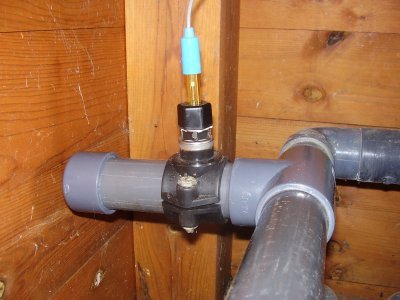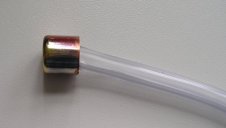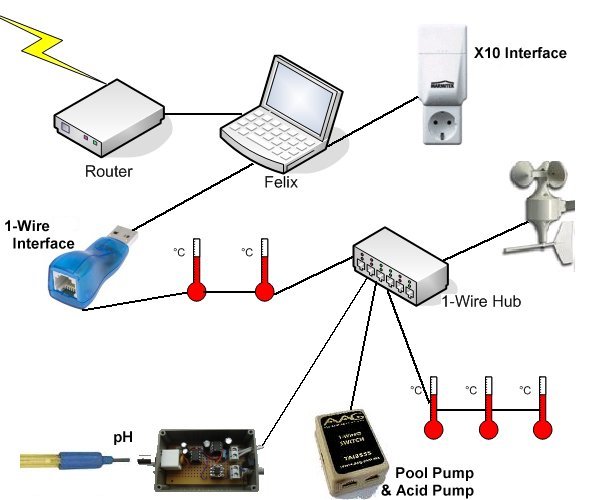My Nissan
Vehicles Specs (NOTE* Mod details below): Make model: 1998 Nissan Patrol GU Y61 Engine: 2.8 L Turbo Intercooled Inline 6 Diesel Drive train: 5-speed manual with non-permanent 4wd, automatic factory hubs Suspension: Kings coils and OME shock absorbers with 2-inch lift. Mod list for 1998 Y61 Nissan Patrol: Engine & Drivetrain: · Chev 6.5L V8 Diesel, 12″ ceramic clutch · Nissan GQ 5 Speed Gearbox · Modified ratio front diff with LSD · Modified ratio rear diff with repacked LSD · Safari Snorkel · Manual hubs Electric upgrades: · Second battery as “house battery” in engine bay, 95 Ah AFB-type (advanced flooded battery) · DC-DC battery charger, with solenoid override · Blade Fuse Box for house battery applications · Tow Pro electric brake controller · Reverse sensors · Front and Rear Anderson Plugs Lights: · Upgraded front light globes with upgraded harness · 2x Hella Ralle 4000 Halogen driving lights · 2x Hella Comet 550 Halogen driving lights · 2x Hella Comet…
myCB Intro
myCB – My CBUS Handheld control of your CBUS installation This is the home of myCB, a piece of software that lets you control your C-Bus lighting system from the comfort of your mobile device. The software has been thoroughly wife, mother-in-law and child tested with no harm done to humans, walls, Android devices, C-Bus systems, or developers! myCB is easy to setup, all you is to get a copy of your C-Bus project files from your integrator, copy them to your device and then import them directly into myCB. You can then set up your own ‘areas’ that you use to group selected C-Bus controls together to simplify your life. Once you have done this on your first device, you can then export it to all your others!
AutomationOverview
Automation of all things!
Ubuntu Server Register in DNS
To register an Ubuntu server with static networking details into DNS, create this script as “reg_dns.sh” in /root #!/bin/bash# Description: registers this server in the default DNS server HOST=`hostname -f`IP=`/sbin/ifconfig eth0 | sed -n ‘/inet addr:/s=[^:]*:\([^ ]*\).*=\1=;2p’` #echo “server 192.168.72.1” > /tmp/nsupdate.txtecho “key DHCP_UPDATER fKsyqnH7YTXmX1LPd8HKqw==” > /tmp/nsupdate.txt#echo “key DHCP_UPDATER fKsyqnH7YTXmX1LPd8HKqw==” >> /tmp/nsupdate.txtecho “update add $HOST 86400 a $IP” >> /tmp/nsupdate.txtecho “send” >> /tmp/nsupdate.txt nsupdate -v /tmp/nsupdate.txt make the script executable: chmod ug+x /root/reg_dns.sh and add the following to the end of /etc/rc.local before the “exit 0” line /root/reg_dns.sh
CBus
.
OARUsers
Welcome!
OnlineAutomationRepository
OAR – The Online Automation Repository Providing a cloud solution to the Automation Community! This is the home of OAR, the Online Automation Repository, a piece of software to backup and synchronise your automation configuration files. The OAR system consists of two main components, the ‘cloud’ server that provides all file storage services and the ‘clients’ that can be any computer capable of running Clipsal’s Toolkit application and have some form of internet access. What can OAR server currently do? OAR Server can currently maintain an unlimted number of versions of an unlimited number of toolkit files (based on licensing limits) and can provide granular access to these files based on flexible security configration. The OAR Server environment is fully backed up and maintained by our dedicated team of support personnel. What can OAR desktop currently do? OAR can monitor Clipsal Toolkit C-Gate2 configuration…
Hardware pH Monitoring
pH Monitoring I would like to automate pH control of my swimming pool, but it has proven to be a much more complex task than I had imagined. My pool has an electrolytic chlorine generator. The pool contains salt, and the chlorinator generates Chlorine by electrolysis. In many ways this is an ideal way to sanitise a pool, but the chlorinator causes the pH to rise, which requires the regular addition of acid to bring the pH back within acceptable limits. In theory it should be easy enough to automate this. But it’s not as easy as you might think. I once bought and installed a commercial pH controller. On the first night it was installed, it pumped an entire 5 litre container of acid into the pool. There was no way to investigate what had happened, and the instructions did not explain the algorithm being used. I never gave…
Hardware Pool Temp Sensor
Pool Temperature Sensor My pool temperature sensor has been working reliably for almost five years now, so I thought it was worth showing how I made it. It’s a DS18S20 on the end of a piece of cat-5 cable. The sensor is fed down a length of ¼” transparent plastic tube. This type of tube is used for wine-making, although I found it cheapest at my local boat shop. I formed a seal on one end by melting it inside a copper end-stop – the 15mm type used for plumbing. Hold the copper stop-end in a mole wrench and heat it gently on a gas hob, then gently feed the plastic tube into it. It takes a few minutes but the tube does eventually melt. When it’s done, cool it in cold water and saw the copper end-stop off. You have a totally water-tight end-stop that will never come off…
Hardware System
System This is a rough schematic of some of a system. Felix runs on an ancient Dell laptop running Windows 2000. It is connected to a CM11 X10 interface and a DS9490R USB 1-Wire interface. There are several DS1820 temperature sensors around the house. A cable runs out to the poolshed, where a 1-Wire hub connects numerous other devices It has been a constant battle to keep the 1-Wire cabling tidy. Finally, we have it beaten but only after several iterations. The final breakthrough was a large plastic junction box in the poolshed, which houses the hub, power supply, and other 1-Wire devices. It looks just great .. with the lid closed. The system is performing more and more automation tasks. The most critical task we have is maintenance of the pool pH, and we’ll be discussing that in more detail in a separate article.
